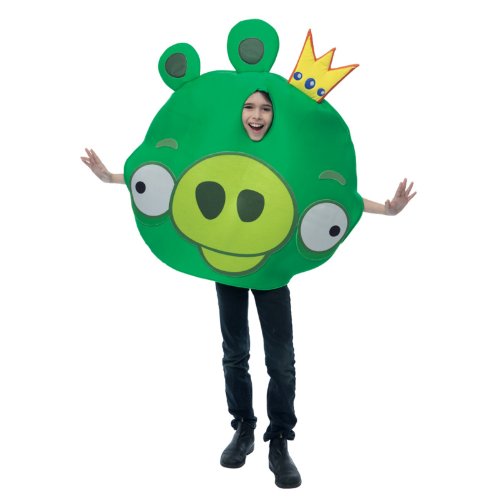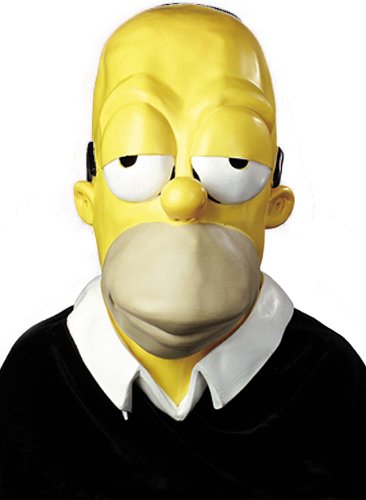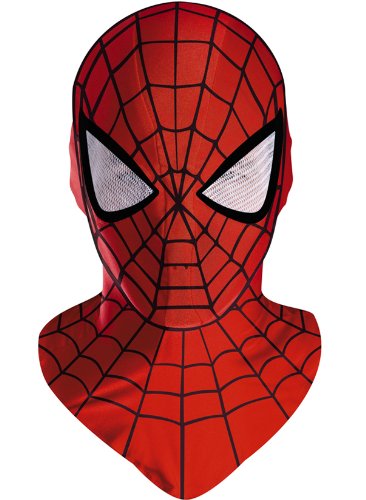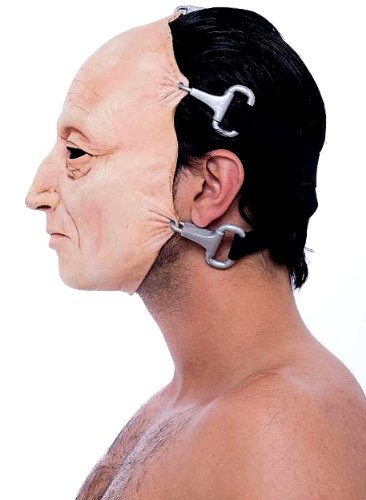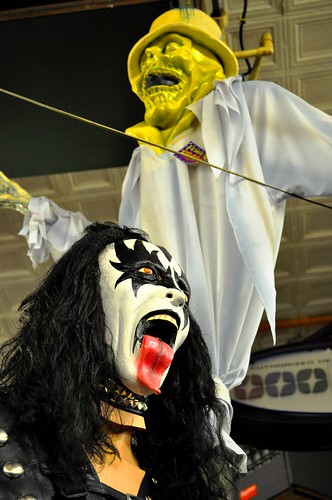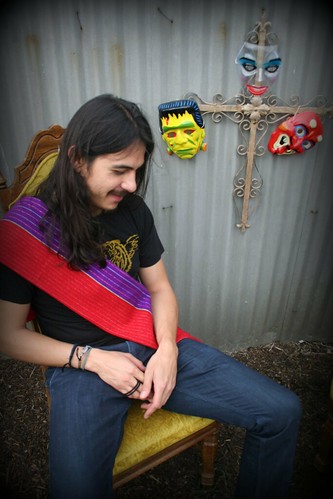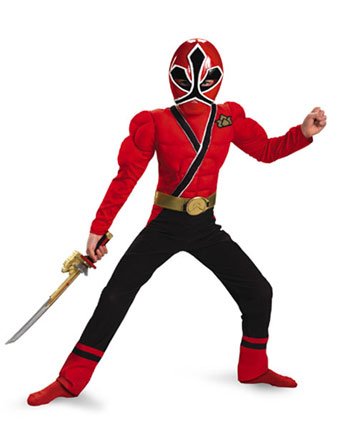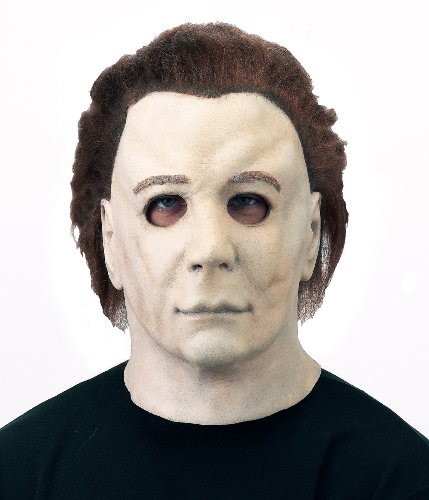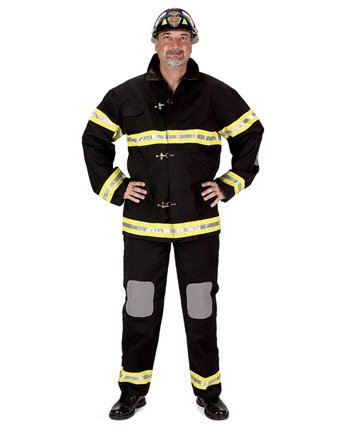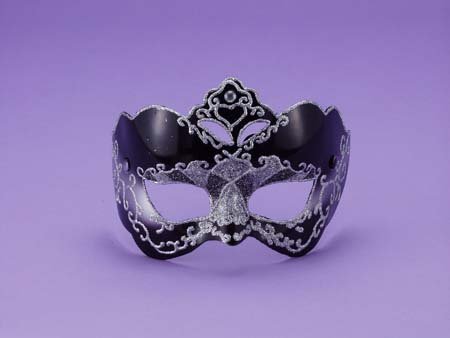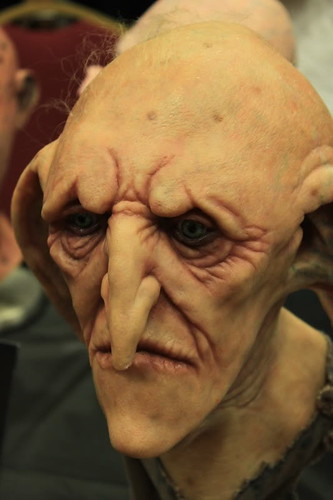
This article recounts the history of the Invisible Empire, Also known by their initials, and with their name being touted as the "sound of a rifle being cocked," the Ku Klux Klan is the name of several related organizations in the United States that have advocated white supremacy, antisemitism, anti-Catholicism, racism, homophobia, anti-Communism and nativism - hatred of those not born in our country.
As a group, the KKK has used terrorism, violence, and acts of intimidation such as cross burning and lynching to oppress mostly African-Americans, and also other social, religious and ethnic groups. Due to their illegal actions, about a century later they were the "victims" of government infiltration, as ordered by FBI Director J. Edgar Hoover through the feds in the 1960s. The Bureau in Birmingham, Alabama especially used this tactic, along with playing "head games" with them, to factionalize some local Alabama klans. But the Ku Klux Klan remains somewhat prevalent in America to this very day.
This weird group of loosely knit white racial cultists actually existed in about three stages. The first one came about after the Civil War, when local government in the South was still weak or nonexistent, and fears of a black insurrection caused informal vigilante organizations to be formed in most southern communities. They were soon linked together in societies, such as the Men of Justice, the Pale Faces, the Constitutional Union Guards, the White Brotherhood and the Order of the White Rose. Finally, some rich white southerners who had fought in the Civil War got an idea.
In Pulaski, Tennessee, May of 1866, they took the name Ku Klux Klan, probably after the Greek word for circle, "kuklos," as these landowning southerners were a small circle of cronies with vested interests in maintaining slavery - or attempting its re-institution. These ex-Confederates were largely trying to oppose the Reconstruction policies of the radical Republican Congress in order to maintain "white supremacy." The Klan, being more fueled monetarily, became the most popular of the post-defeat organizations, and eventually absorbed all of the smaller groups.
The Klan had a major impact as it attempted to recruit members. It had a kind of "romantic" attraction to it, with its strange disguises, its silent parades, its midnight rides, and its self-contained mysterious internal "language" and commands, which were all found to be effective in playing upon people's fears and superstitions - at least at first. You were considered genuinely "white" if you joined it, and it also contained the markings of a paramilitary organization of the time, having been formed up by ex-Confederate soldiers.
Using horses, their riders muffled their hooves and also covered their mounts with white robes. The masked men wore long, flowing white sheets, with their faces covered with white masks, and they kept skulls on their saddle horns. Basically, their plan was to pose as the returned Confederate dead, in order to "haunt" people with guilt, and to use terror tactics to keep blacks "in their place."
The Klan usually was able to achieve its goals through terror alone, but whipping, lynching and even tar-and-feathering were also freely used, not only against blacks, but against the northern-born "carpetbaggers" and "scalawags" or "scallywags" who inhabited the South during the period of Reconstruction. Carpetbaggers were northerners who journeyed to the South for financial opportunity's sake, and scallywags were southerners who joined the Republican Party in the South. The Republicans were helping with Reconstruction, so they were particularly hated.
The advent of Radical Reconstruction brought on major changes in the southern way of life. With the northern military enforcing their rule, and the desire to make over the South in the image of the North, individuals began finding ways to take advantage of the weakened South, sometimes through commerce and sometimes through taking over government seats. Now that freedmen were able to vote, Republicans were winning elections in states where only a few years before, it had been illegal to be a Republican.
They began to be a major political party in the Democratic South. Some Democratic Party leaders denied civil rights, and most of its southern members refused to take the Oath of Loyalty to the flag of the United States, but they were helpless to stop the new "foreign" government. These were the days before the party names got switched around, with the Democrats becoming the Republicans and the Republicans being renamed the Democratic Party. Southern Democrats are still a potent force in the South nowadays.
Pretty soon, there were Republican governors and congressmen, some of whom were even black men. But the carpetbaggers, or white northerners who went south to help rebuild the reunified nation, were often only conmen opportunists trying to make a fortune off of postwar woes, and so all carpetbaggers were hated and loathed by southerners. However, far worse hatred was reserved for the scallywags, who were southerners who had become Republican, resulting in sporadic acts of violence.
The South couldn't do much about the northern-born carpetbaggers, as they would then face reprisals from the Union soldiers who were keeping close watch on them, but they occasionally attacked them - also venting their fury on the scallywags. This other group tended to be from the lower classes, and this infuriated the southerners in the middle and upper classes who no longer had their civil rights.
They were impoverished and struggling to survive, as in the portrayal of Scarlett O'Hara at the end of 1939's "Gone With the Wind." Now southern hatred was becoming even more intense, and whites were keen on taking vengeance, especially against blacks - and also nearly anyone white from the North. This really fueled the start of the Ku Klux Klan, which attempted to foster this hatred, helping them to recruit more members. About one hundred years later, if you were a northerner, you ran into this attitude the instant you set foot in Birmingham, simply by walking down the street. You would have encountered lots of "hate staring," the act of looking at someone silently with a gaze scathing with the utmost hatred, until you entered a building.
The general organization of the local klans, later called klaverns, began in April of 1867 in Nashville, Tennessee. General N.B. Forrest, the famous Confederate cavalry leader, was made Grand Wizard of the Invisible Empire. He was to be assisted by ten Genii, and each southern state constituted a Realm under a Grand Dragon, with eight Hydras staffing them. Several counties would form a Dominion controlled by a Grand Titan and six Furies. A county was a Province ruled by a Grand Dragon and four Night Hawks. And the local Den was governed by a Grand Cyclops, with two Night Hawks as aides, while each individual member was to be called a Ghoul. Anyone have a pumpkin to carve? This sounds like Halloween to me, but these people took it all very seriously.
But their internal organization was unkempt, in spite of their attempts to keep it together through all of the above assignations. Their control over their local Dens was loose, and reckless local leaders lawlessly committed acts that their leaders couldn't control. General Forrest finally ordered the disbanding of the Klan in 1869, being apprehensive of the type of power it was usually exhibiting.
Local organizations continued, some for many years, as the KKK was effective in systematically keeping black men away from the polls. This helped ex-Confederates regain political control in many states. But Congress in 1870 and 1871 passed legislation against the Klan. President Ulysses S. Grant, who led the Union forces during the Civil War, signed the Civil Rights Act of 1871. It was also called the Ku Klux Klan Act, and was designed to end it. But the KKK re-manifested itself several times.
Read the next article in this series, "The Ku Klux Klan - Ends in 20??" and the other articles in this long article series about why racism was and is so prevalent in the American South.
GHOST WRITER, INC. - ghostwriter, copy editor, proofreader, re-writer and book author - and our team of 100+ writing field related workers, many of which are NYT best selling authors. We have contacts with literary agents, commercial publishers and literary/film field professionals.
We are an online writing services agency with an experienced team of professional freelance and contracting book authors, ghostwriters, copy editors, proofreaders, manuscript re-writers, screenwriters, scriptwriters, graphic artists, digital photographers, re-writers, analysts, film producers and other film, movie, TV and video industry pros - who may help you get your book manuscripts made into movie, film, video or TV shows.






